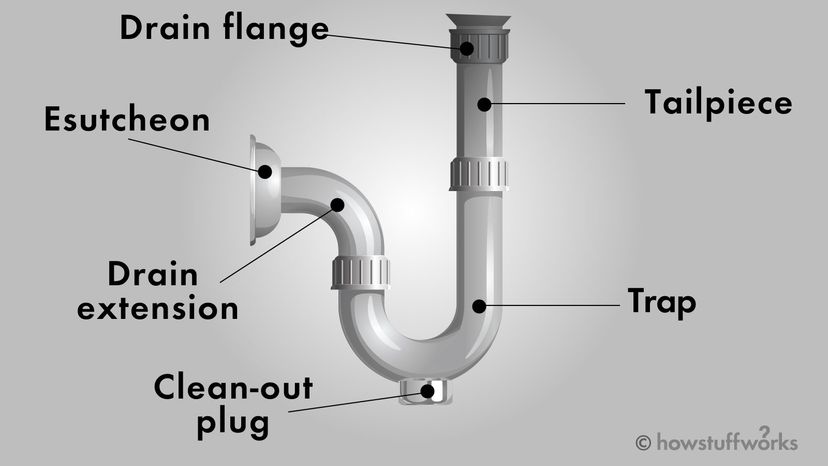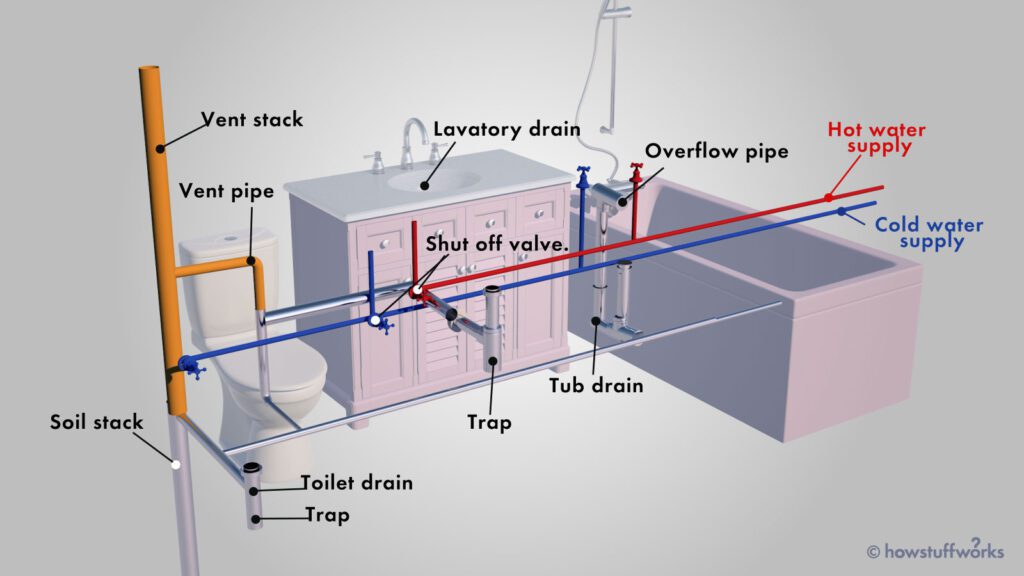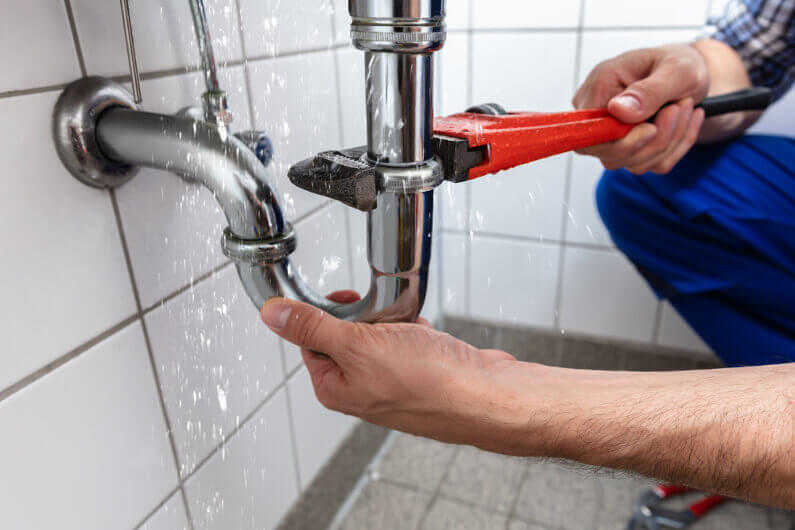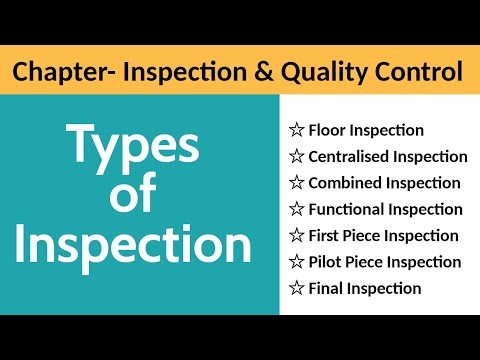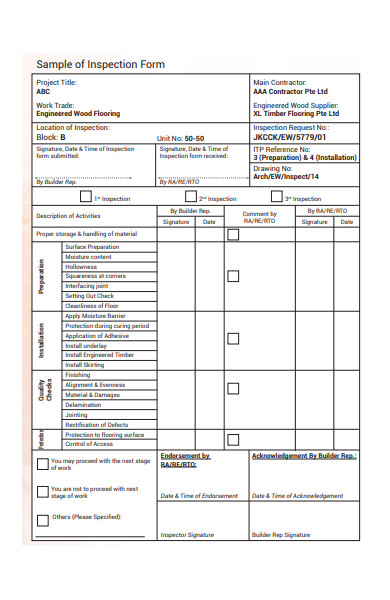So you’re wondering about the main 2 parts of a plumbing system? Well, you’ve come to the right place! In this article, we will explore the fundamental components that make up a plumbing system. Whether you’re a homeowner wanting to learn more about your home’s plumbing or simply curious about how it all works, this article will provide you with a concise overview of the two essential parts that keep water flowing smoothly through your pipes. So let’s dive right in and discover the inner workings of a plumbing system!
Water supply system
The water supply system is an essential part of any plumbing system. It ensures that clean and safe water is delivered to your home or building, ready for use in various activities such as drinking, cooking, bathing, and cleaning. To understand the water supply system, we need to explore its main components: pipes, valves, and water storage.
Pipes
Pipes are the backbone of the water supply system, carrying water from its source to different areas of your home or building. These pipes come in various materials such as copper, PVC (polyvinyl chloride), PEX (cross-linked polyethylene), and galvanized steel. Each material has its advantages and is chosen based on factors like cost, durability, and local building codes.
Pipes are typically installed in a network of interconnected lines that carry water from different sources, such as a well, a municipal water supply, or a rainwater harvesting system. These pipes are installed underground, inside walls, and in ceilings to ensure a seamless flow of water throughout the building.
Valves
Valves play a crucial role in controlling the flow of water within the plumbing system. These devices are responsible for opening and closing the pathways through which water passes, allowing you to start or stop the water supply at specific points. Valves are usually made of metal or plastic and come in different types, including gate valves, ball valves, and butterfly valves.
By strategically placing valves, you can isolate specific areas of your plumbing system for maintenance or repairs without disrupting the water supply to the entire building. For example, if you need to replace a faucet, you can shut off the water supply using the valve located beneath the sink without affecting other areas of the house.
Water storage
Water storage is an integral part of the water supply system, ensuring a continuous and uninterrupted flow of water even when there’s a disruption in the water source. Depending on the size of your home or building and the estimated water usage, water storage tanks or reservoirs may be installed to store a certain amount of water for immediate use.
These storage tanks are typically located in basements, attics, or dedicated rooms within the building. They can be made of materials like plastic or reinforced concrete and equipped with a system that measures the water level and regulates the flow into and out of the tank.


Drainage system
In addition to the water supply system, a plumbing system also consists of a drainage system that takes care of wastewater removal and maintains the cleanliness and hygiene of your home or building. The drainage system comprises drain pipes, traps, waste vent pipes, and either a septic tank or sewer connection.
Drain pipes
Drain pipes are responsible for carrying wastewater away from fixtures such as toilets, sinks, showers, and laundry facilities, to the main sewage line or a septic system. These pipes, typically made of PVC or ABS (acrylonitrile butadiene styrene), are sloped to facilitate the movement of liquid waste through gravity. It’s important to ensure that drain pipes are installed correctly to prevent blockages and leaks.
Traps
Traps are an essential part of the drainage system, preventing unpleasant odors and harmful gases from entering your home or building. These U-shaped bends, usually located beneath sinks, showers, and toilets, hold a small amount of water. This water acts as a barrier, preventing sewer gases from traveling back up the drain pipe and into your living space. Regular maintenance and cleaning of traps are necessary to keep them functioning effectively.
Waste vent pipes
Waste vent pipes are vertical pipes that extend from the drainage system to the roof of the building. These pipes allow air to enter the system, preventing pressure buildup and ensuring a smooth flow of wastewater. The vent pipes also help to remove any noxious gases that may accumulate within the drainage system. Proper sizing and installation of waste vent pipes are crucial to maintaining the overall efficiency of the plumbing system.
Septic tank or sewer connection
Finally, the drainage system ends with either a septic tank or a sewer connection. In rural areas or locations without access to a municipal sewer system, a septic tank is used to treat and dispose of wastewater from the building. The tank separates solids from liquids and allows the liquid waste, known as effluent, to flow into a drain field where it is further filtered into the ground. Regular maintenance and pumping of septic tanks are necessary to prevent backups and maintain the system’s integrity.
In urban areas served by a municipal sewer system, the plumbing system is connected to the main sewer line, which carries wastewater to a treatment plant. The municipal sewer system takes care of the wastewater treatment process, ensuring safe disposal of the wastewater and minimizing the risk of contamination.
In conclusion, understanding the main components of both the water supply and drainage systems is vital for maintaining a functional plumbing system in your home or building. The pipes, valves, and water storage ensure a steady supply of clean water, while the drain pipes, traps, waste vent pipes, and septic tank or sewer connection take care of efficient wastewater removal. By taking proper care of these systems and seeking professional help when needed, you can ensure a reliable and efficient plumbing system that meets your everyday needs.



